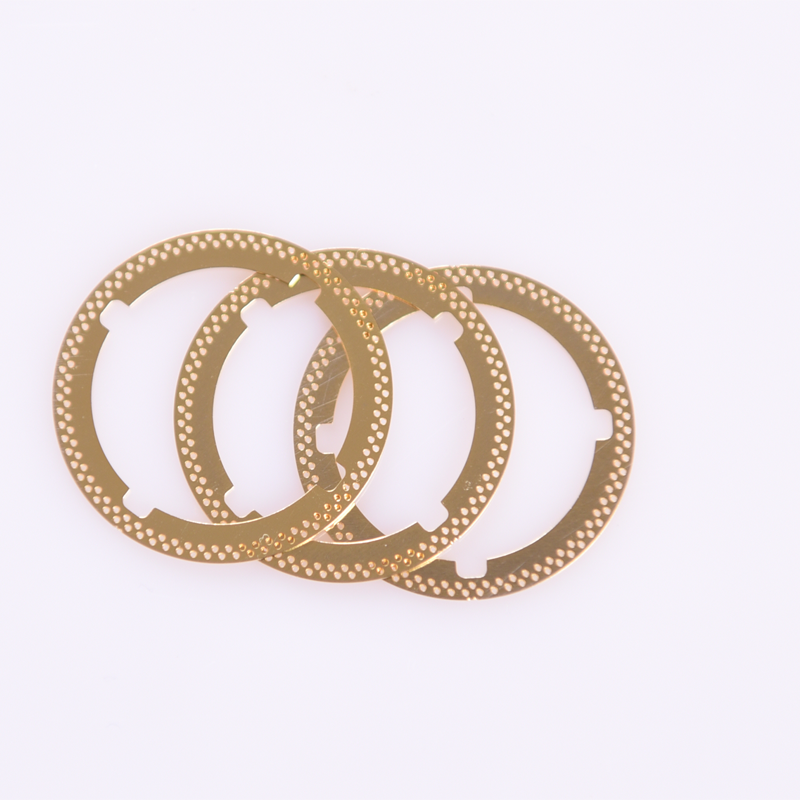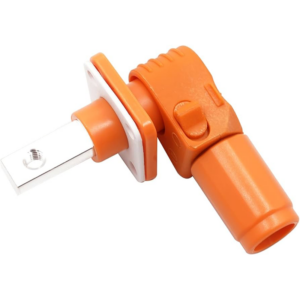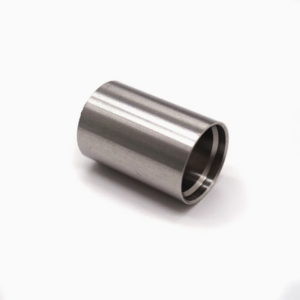Metal stamping is a widely used manufacturing process that plays a crucial role in producing precise and durable metal components. From automotive parts to electronic devices, metal stamping is essential for creating high-quality, cost-effective products. In this blog, we’ll explore what metal stamping is, how it works, and its various applications across industries.
What Is Metal Stamping?
Metal stamping is a manufacturing technique that involves shaping, cutting, or forming metal sheets using a press and specialized dies. This process allows manufacturers to produce complex metal components with high precision and consistency.
Metal stamping can include several different techniques, such as:
Blanking – Cutting out a piece of metal from a larger sheet.
Piercing – Creating holes or openings in a metal sheet.
Bending – Shaping the metal into a specific angle or curve.
Embossing – Adding raised or recessed designs for texture or branding.
Coining – Applying high-pressure stamping to create precise details and features.
How Does Metal Stamping Work?
The metal stamping process begins with feeding a sheet of metal into a stamping press. A die, which is a custom-designed tool, applies pressure to shape or cut the metal into the desired form. Depending on the complexity of the part, multiple stamping operations may be required.
The process generally follows these steps:
Design and Tooling: Engineers design the part and create custom dies.
Material Selection: The appropriate metal (such as steel, aluminum, or copper) is chosen based on the application.
Stamping Process: The metal sheet is placed in the press, where the die shapes it.
Finishing: Additional processes like coating, polishing, or heat treatment may be applied.
Quality Control: Inspections ensure that the final product meets specifications.

Applications of Metal Stamping
Metal stamping is used in a wide range of industries due to its efficiency and precision. Some key applications include:
Automotive Industry – Metal stamping is crucial for manufacturing car body panels, brackets, and engine components.
Aerospace Industry – Aircraft parts, including structural components and connectors, are made using metal stamping.
Electronics – Circuit board components, connectors, and enclosures are commonly produced with this process.
Medical Devices – Stamped metal parts are used in surgical instruments and diagnostic equipment.
Household Appliances – Washing machines, refrigerators, and HVAC systems rely on stamped metal parts.

Benefits of Metal Stamping
Cost-Effective – High-speed production reduces labor and material costs.
Precision and Consistency – Ensures uniformity across large production runs.
Versatile – Works with a variety of metals and thicknesses.
Scalability – Suitable for both small and large production volumes.
Conclusion
Metal stamping is a highly efficient manufacturing process that allows industries to produce durable and precise metal parts at scale. Whether in the automotive, aerospace, or electronics industry, metal stamping continues to be a key technology in modern manufacturing. With advancements in tooling and automation, the future of metal stamping looks even more promising, ensuring improved efficiency and innovation in years to come.
Looking for reliable metal stamping services? Contact industry professionals to learn more about how this process can benefit your business!



